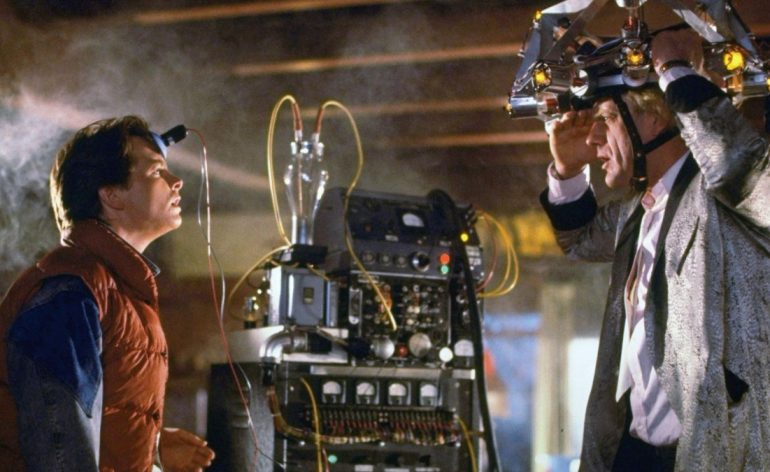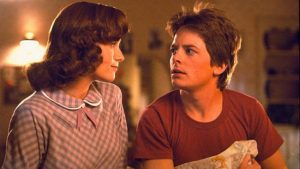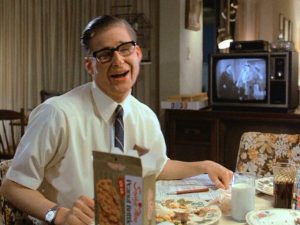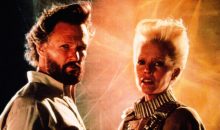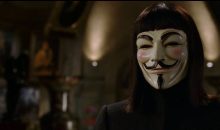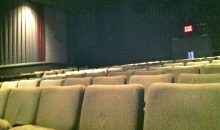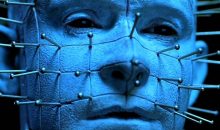Back to the Future
Between 1985 and 1989 I think I watched 7 movies: Star Wars, The Empire Strikes Back, Return of the Jedi, Back to the Future, Goonies, Who Framed Roger Rabbit?, and Ghostbusters. What I lacked in overall quantity I made up for in individual quantity; I have probably seen each movie on the above list two hundred times or more. The Ghostbusters theme song was my own personal “Let It Go.” (Note to Mom and Dad: I’m so, so sorry.) In the last several years I’ve revisited these beloved classics from my childhood and have been deluged to see that almost all of them stand the test of time. (The notable exception being Return of the Jedi, for reasons that include George Lucas’s meddling and that the film exists less to tell a story and more to sell toys, something I fell hook, line, and sinker for in the 80s.)
I’m happy to report that Back to the Future also holds its own thirty years from its initial release. While I wasn’t sure 36-year-old me would find the same things amusing as I did when I was eight, I laughed in all the right places, and in some cases harder, as I finally understood all the jokes. One important plot line that had totally escaped me as a kid was Marty McFly’s (Michael J. Fox) Oedipal relationship with his mother Lorraine (Lea Thompson). Not only did I catch the jokes this time around, but I marveled at Thompson’s multiple roles. You get the sense that Thompson is playing three different characters: 1985a Lorraine is tired and weary, 1955 Lorraine is a walking ball of hormones, while 1985b Lorraine is breezy and carefree.
The script, refined to near perfection by Robert Zebecks and Bob Gale, is a case study in causation. Meeting Lorraine in 1955, you see her as a young nubile spirit and wonder what happened to her to make her so beaten down by 1985a. Besides the two main timelines, BttF contains nearly 30 years of implied backstory we never see. What happened between 1955 and 1985 to make George McFly (Crispin Glover) so whipped? We never find out; the audience only sees what he was and what he became. I appreciated the omissions much more this time around. I didn’t need to see every detail of George and Lorraine McFly’s lives; the highlights were enough.
A movie as beloved as BttF has its share of lore and legend, and it’s fun to peruse the film’s Wikipedia page and wonder what might have been. John Lithgow as Doc Brown? Eric Stoltz as Marty McFly? Marty and Doc traveling through time in a refrigerator? While I’m not one to be excited when a movie is stuck in development hell, the four years BttF was shopped around getting rejected gave Zemeckis and Gale time to refine and polish the script into the near-flawless version seen today. My minor quibbles about the film include one blue screen fail (when Doc and Marty are supposedly “standing” on the ribbon of fire trails) and the staged look of Hill Valley—which makes sense, given that Hill Valley was shot on a sound stage. But these are very minor complaints. For the most part, BttF is a great movie and is just as fun to watch now as it was in 1985.
So, Future Boy; who’s president of the United States in 1985?
Ronald Reagan.
Ronald Reagan? The actor???
tl;drs
Blank is a blanker version of blank: Back to the Future is like those episodes of Happy Days with Mork, only written better.
Screen credits over/under: Under; this is Zemeckis’s and Gale’s baby. The script is lean and tight, with many callbacks to earlier points in the film later on.
Recommended if you like: Genre blending; BttF combines sic-fi, action, adventure, romance, and comedy into a protein shake of awesome.
Better than I expected: Picking up the innuendos, which 8-year-old me totally did not get.
Verdict: Back to the Future is a fun, lighthearted nostalgic trip to both the 80s and the 50s.

